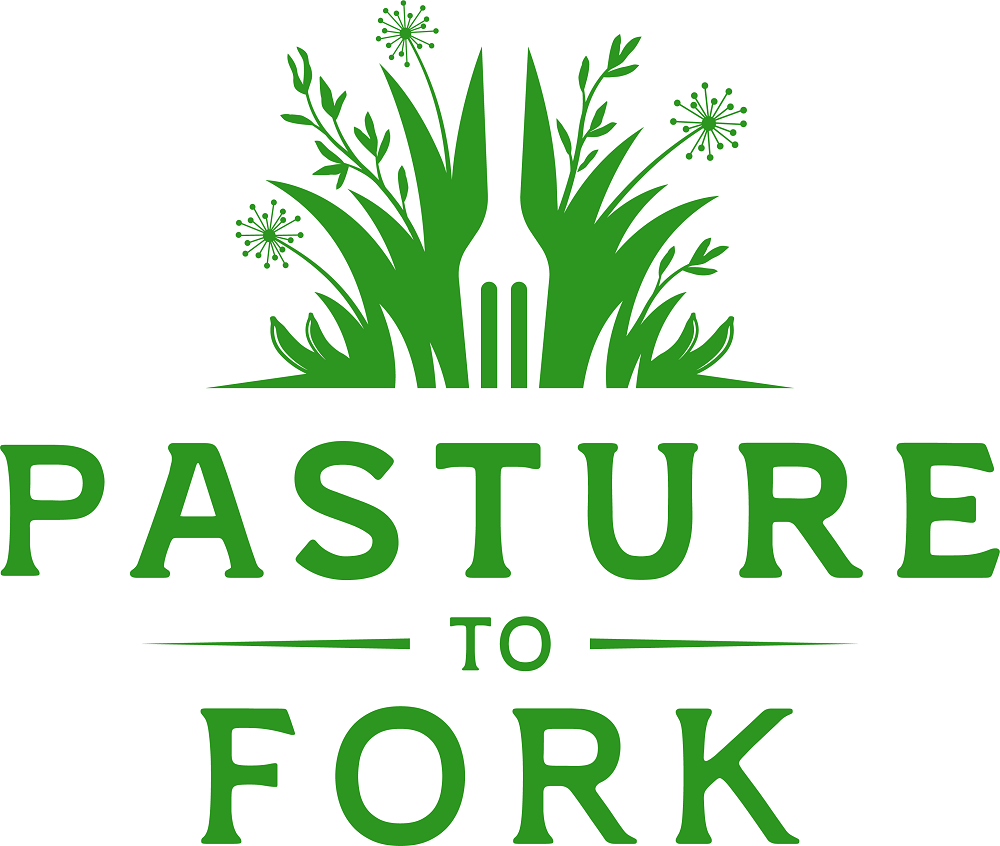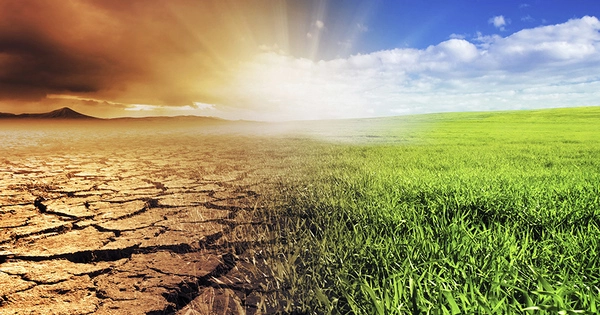Healing
posted on
November 18, 2021
Where do we find a word that connotates more hope than “healing”? My dictionary defines it as; “the act or process of making or becoming whole, sound, or well”. Definitely encouraging. On the flip side, antonyms for healing include detrimental, harmful, damaging, deleterious, noxious, adverse, nocuous, disadvantageous and ill. All of which are words we use to describe things we do not hope for.
Sometimes I dream about what could happen if the world—or even a majority thereof—were to embrace a concept. Today let’s do so with the notion of healing. In keeping with my belief that all things worth pursuing need a foundation, or must be grounded on something of substance, I’ll follow the path we’ve claimed to be on for years at Pasture to Fork. It’s been something of a mantra for us; healing the land, healing the people, healing the community, healing the culture. Hang on, because I might say things that could be deemed “controversial” in this day of sensitive speech tolerance.
Healing the Land –
How much of today’s food production aspires to heal the land? I can’t answer the question statistically, but it’s a tiny percentage. To be honest, I don’t think the bulk of food producers even recognize that we’re dealing with a vastly degraded resource that is our soil. Like wealth, soil is a resource that must be built slowly. Very few people “get rich quick”. Rather, the vast majority of wealth is built up slowly by consistently practicing good stewardship of the resources at hand. The same with soil. Similar to wealth, soil can also be eroded away very quickly under poor stewardship.
Soil naturally desires to be covered 365 days of the year, and makes an effort to cover itself with what man calls weeds wherever it is bare. Annual plants, by nature, put their energy into creating seed (think wheat, corn, soybeans, etc.), in order to preserve the species through the next generation. In order to do so, the annual plant draws from the soil. Perennial plant, on the other hand, focuses its energy in developing roots to preserve itself for the future, and draws carbon from the air to build soil quality in order to strengthen its root system for regrowth the following year. Annual plants also require some form of tilling or disrupting the soil, which furthers erosion from wind and rain. Yet, here in America we have had food policy built around annual plants for over sixty years. Even the FDA, via its food pyramid, encourages America to make grains the basis of its diet.
Perennial crops—especially when choregraphed with managed grazing animals—build soil. The soils that the early settlers in the midwestern American prairies had never seen the likes of, were built by herbivores (primarily bison) and the predators (wolves, coyotes, etc.) who herded them and moved them around. At Pasture to Fork, that’s what we aim to mimic (absent the predators, of course). Our goal? To heal the land in our care.
“That ought to be our stewardship mandate, to create Edens wherever we go. That’s why humans are here. Our responsibility is to extend forgiveness into the landscape.” ~ Joel Salatin
Healing the People –
The most basic human desire is for food that feeds us, keeps us healthy, and tastes good. We’re also wired to select that which tastes better than, let’s say, the other. Sweet, for example, was an indication of nutrition when we were hunters and gatherers. Fat in our food animals (which is flavor), and sweetness in fruits and nuts. We still carry that within us, and Big Food beckons to that instinct using flavor enhancers and artificial sweeteners.
Truth be known, the eater cannot be healthier than the food it eats. Also, not only are we what we eat, but what our food animals eat. Much can be learned by looking at history. And it’s surprising how few years we need to go back until we find that beef animals were raised on grass, chickens free ranged, pigs were raised outdoors, and the distance between the farm and the eater was much shorter. And, people were healthier. Go back fifty years, and many well-known diseases of today were unknown or little known.
While we’re a tiny farm in today’s terms, our goal is to provide healing foods to the people who desire them in our little corner of the world. While we do not comply with the local food police’s bidding for food “safety”, we stand for integrity in food production, truth in labeling, and full transparency overall. And that, we believe, is the test healing foods must pass.
Healing the Community –
Most of us know that the regional community—neighbors socializing with neighbors—has largely fragmented in recent decades. While other factors played their part, I suggest this is due in part to the food culture falling apart. When the food available in our locality comes from the same nameless faceless corporation as anywhere else in the country, the glue holding community together is gone. Joel Salatin once said “The first supermarket supposedly appeared on the American landscape in 1946. That is not very long ago. Until then, where was all the food? Dear folks, the food was in homes, gardens, local fields, and forests. It was near kitchens, near tables, near bedsides. It was in the pantry, the cellar, the backyard.”
While this quote speaks of a time when many—if not most—folks raised at least a portion of their own food, it also suggests that the food was locally grown. And it was. There was the local baker, local dairy, and the local butcher. Not anymore. Actually, this came as a one-two punch to small-town America. One, thanks to corporate distributors who now mass dispense neatly packaged and artificially preserved food all over the USA, many of these mom-and-pop outlets are gone. Two, the family farms who supplied the local artisans with raw farm commodities lost their market and were either pushed into demise or had to turn to the corporate buyers who set their own price and conditions under which the farm must submit or die.
As it now stands, the farms who remain grow commodity crops for Cargill (which by the way, is the largest privately owned corporation in the world), dairy for DFA (Dairy Farmers of America), or meat for Tyson, Purdue, or JBS. Meanwhile, most of the food is retailed by the likes of Wal-Mart, Kroger, and Giant.
Healing foods cannot be mass produced. Because of the care that goes into creating them, they primarily come from various small farms all over the nation and world. While there are farms doing what we do who are much larger than we are, there are no corporate conglomerates offering truly healing foods. Even the organic sector is amalgamating to fewer and fewer players, which I suggest is the primary driver behind erosion of integrity in mainstream organic foods.
I submit that if we returned to more of a local and regional food culture, we would regain a stronger community structure as well. Neighbors patronizing neighbors has yet always woven the fabric of community and is far more sustainable than dependence on Amazon or ButcherBox. When any given locality has no more than a three-day food supply available before another truck needs to roll in, and each household has, at best, a week’s supply on hand, what happens when that truck, for any reason, cannot come?
“Food security is not in the supermarket. It’s not in the government. It’s not at the emergency services division. True food security is the historical normalcy of packing it in during the abundant times, building that in-house larder, and resting easy knowing that our little ones are not dependent on next week’s farmers’ market or the electronic cashiers at the supermarket.” ― Joel Salatin
Healing the Culture –
Many of us are somewhat vexed over the moral and cultural fall-out of today’s society. While there are many things influencing this, perhaps western society has become too secular in its lifestyle, too disconnected from its ecological umbilical.
While it’s easy to say our piece about the state of society—especially post-Covid, it’s always harder align our actions with our words. One of my favorite quotes by Ralph Waldo Emerson is “What you do speaks so loudly that I cannot hear what you say.” This can come in ways we don’t think about. Such as this line from Joel Salatin; “Erosion steals from my neighbor and my community. It impoverishes everyone. A food and farm system that encourages erosion is a direct assault on our neighbors and a direct assault on God’s equity. Christians routinely lament an erosion of morality, but then patronize food that erodes the earth. How can we possibly steward morality if we can’t even steward our dinner plate? We Christians extol the virtue of charity toward those less fortunate, but often help them with food that exemplifies greed and avarice.” That, my friends, should shock us out of our comfort zone. We all have a responsibility. Every action has a direct and adverse reaction.
Interestingly, no consumer item has the ability to become part of us like food does. It literally becomes flesh of our flesh and bone of our bone. And, the food culture we’re surrounded with seeps into our brains and thought pattern in subtle ways that are then expressed in other areas of life. For example, since adopting a “do no harm” mentality in our vocation as farmers, I know I carry that mentality into other areas of my life as well. At the risk of wearying you of him, I’ll give you another Joel Salatin quote that speaks to this; “Intuitively we all know that nothing operates most efficiently at full throttle. Is it any wonder that a food system predicated on faster, fatter, bigger, cheaper would create an ignorant, duplicitous, harried, obese citizenry? A culture’s people carry in their heads and physiques the manifestation of the food system’s objectives.”
The Healer –
As I mentioned, at Pasture to Fork, we press for healing; the land, the people, the community, the culture. However, this primarily addresses the physical and the obvious. But most of us also desire emotional and spiritual healing from time to time. For that I can only recommend the one Healer who, when life presses heavy around us and we feel like a child who desires a mother’s warm embrace, His words still ring down through the ages and invite us to Him for healing; Come unto me, all ye that labor and are heavy laden, and I will give you rest. Take my yoke upon you and learn of me; for I am meek and lowly in heart: and ye shall find rest unto your souls. For my yoke is easy, and my burden is light. KJB Matthew 11:28-30
And that’s the View from the Country.



